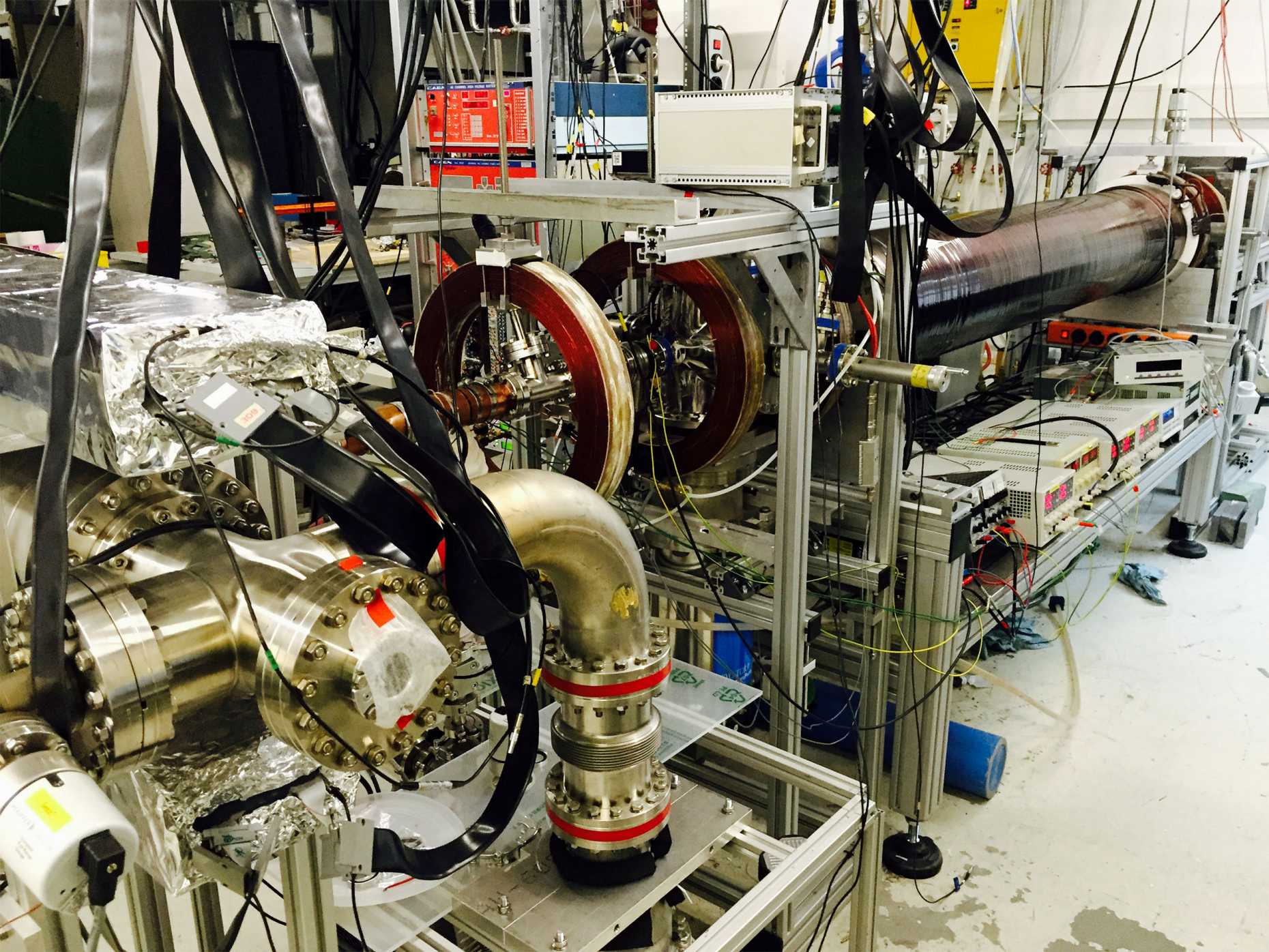Positron and Positronium

The Laboratory for Positron and Positronium Physics facility consists of two low energy positron beamlines operating in the 0-20 keV energy range. The first is a continuous beam with a secondary electron tagging system and time buncher, and is equipped with a positron annihilation lifetime spectrometer, high purity Ge detector for Doppler broadening spectroscopy, and fast sample changeover capabilities for material science studies. In addition, this beamline is also used to supply tagged positrons for the EPIC experiment, searching for invisible decays of positronium, and was used in recent positronium laser spectroscopy measurements.
The second beamline is a pulsed mode beam, capable of delivering short (~1 ns), intense positron pulses to a target in an electromagnetic field-free chamber. The pulses are generated using a buffer gas trap technique, where positrons are confined in a potential well through inelastic scattering with a gas, and then periodically released. This beamline is equipped with a time buncher, single gap accelerator and various scintillating detectors and beam profiling detectors. It is used in ongoing positronium spectroscopic studies.
